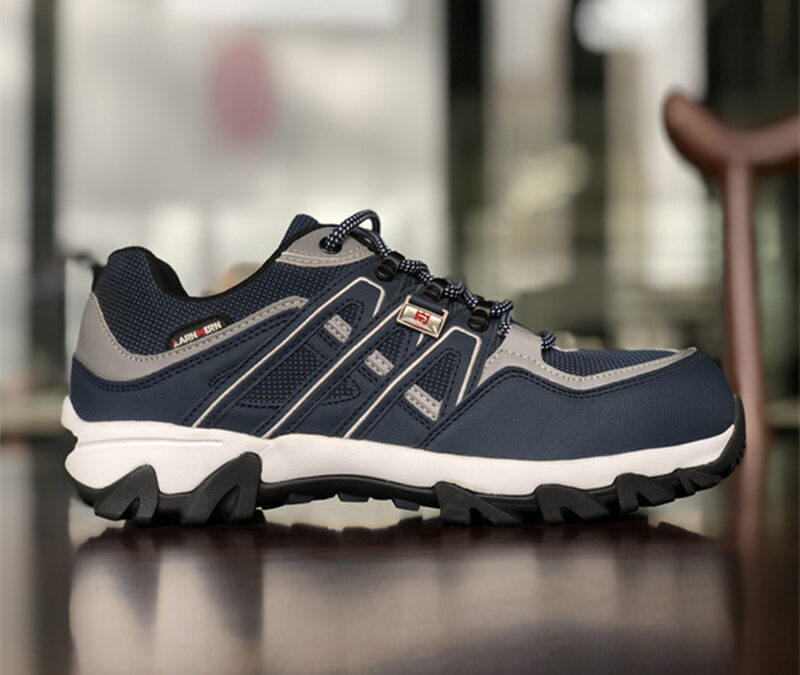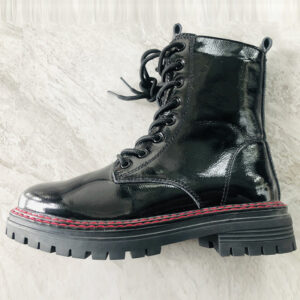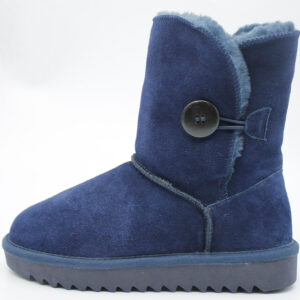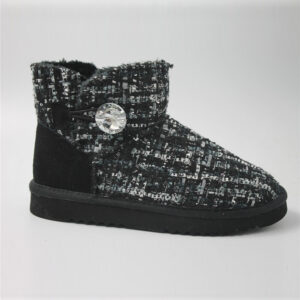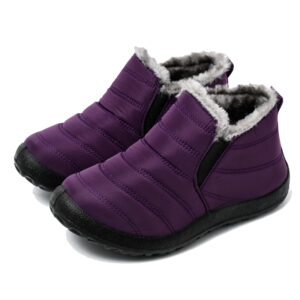Selecting the right hiking shoes provides comfort, support and traction for everything from short nature trails to multi-day backpacking adventures. With so many models and features available, it helps to evaluate important factors like fit, terrain, weight, materials and design to find footwear tailored to your hiking needs. This guide examines key considerations for choosing optimal hiking shoes to enhance performance on the trails.

Evaluating Types of Hiking Shoes
Hiking shoes span a wide spectrum from minimalist shoes to rigid mountaineering boots. Key categories include:
- Trail Runners – Lightweight, flexible shoes ideal for running-hiking crossover. Breathable uppers with integrated traction outsoles.
- Light Hikers – Versatile low-cut shoes for day hiking. Durably constructed with comfortable cushioning.
- Mid Hikers – Rugged boot design with added ankle support and protection. Made for carrying loads over rough terrain.
- Backpacking Boots – Stiff, heavy-duty boots for multi-day treks with heavy packs. Waterproofing and advanced cushioning technologies.
- Approach Shoes – Light, flexible shoes with sticky rubber outsoles for scrambling and climbing.
Consider intended hiking distance, weight carried, and ankle support needs when selecting a category.
Sizing and Fit
Getting a proper fit is crucial for hiking shoe performance. Visit a retailer with knowledgeable staff to try on multiple sizes and models. Focus on overall comfort and a snug heel with room to wiggle toes. Break-in period will expand fit further. Consider sizing up a half or full size if wearing thick hiking socks.
Weight
Lightweight shoes enhance mobility and comfort over long distances. Heavier boots provide more stability and protection. Choose weight based on usage – light hikers for trails, mid to heavy boots for rough terrain and backpacking.
Traction and Grip
Lugged, deep tread patterns with sticky rubber grab terrain securely. Look for multidirectional lugs that shed mud and debris. The outsole material should match conditions – soft for trails, stiff for rock scrambling.
Support and Cushioning
Cushioning and supportive insoles or midsoles reduce hiking fatigue. These may be removable or integrated. Look for EVA, polyurethane or gel cushioning materials. Shank plates provide torsional rigidity for carrying packs.
Getting the right hiking shoes or boots results in comfortable mileage and stable footing over diverse topography. Test out promising models across intended usage conditions. Consult sales associates for recommendations too. Properly fitting footwear optimized for the trails will enhance performance, safety and enjoyment while hiking.
